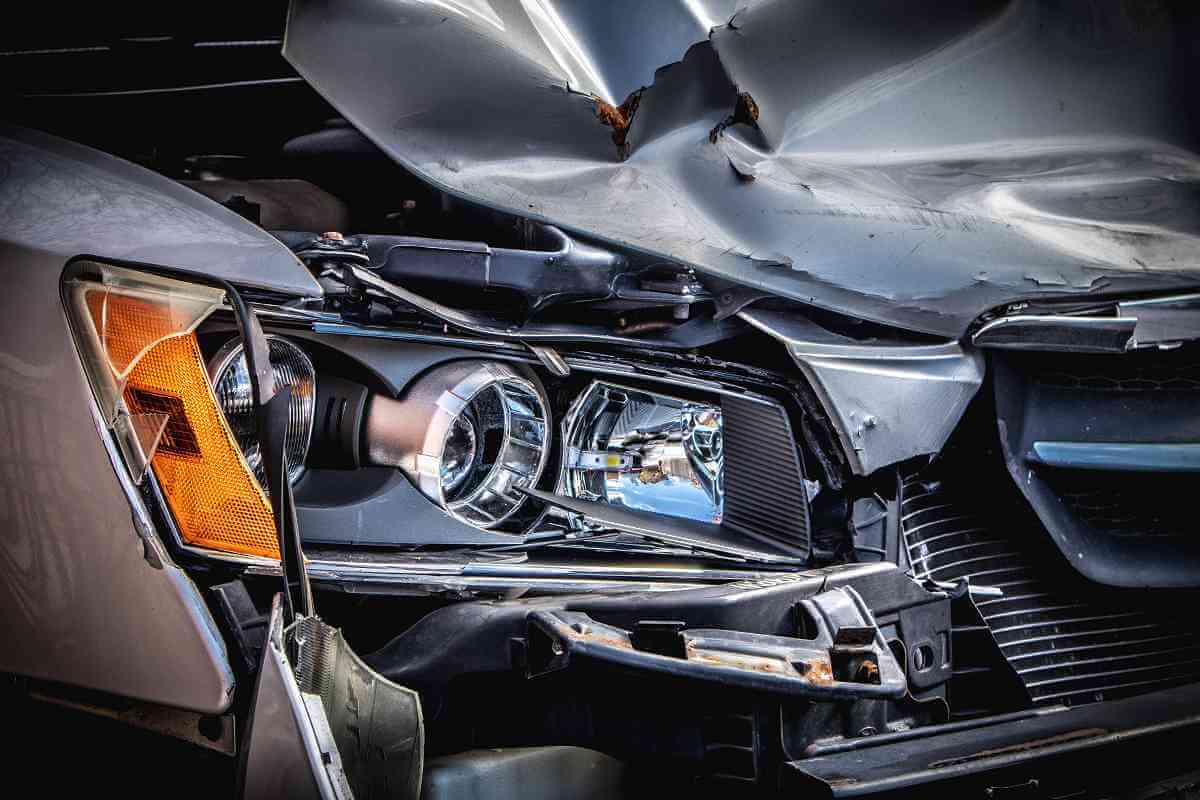What is Gap Insurance and why is it so important?
Gap stands for Guaranteed Asset Protection insurance. In the event of an accident, gap insurance would pay the difference between what you still owe on the car and what the car is worth. This is particularly valuable when you end up owing more on the car than what it is currently worth. For example, if you currently owe $14,000 on your loan and your car’s actual value is $10,500, say your car gets stolen or totaled. Your gap insurance would cover the $3,500 deficit.
When you purchase a new vehicle, it depreciates significantly the moment you drive it off the lot and loses approximately 20% of its value within a year.
When might you need Gap Insurance?
When the loan length exceeds 60 months
If a vehicle is leased (generally a requirement)
Negative equity from a prior loan rolled over into your new car loan
You plan to put miles on quickly
If you paid less than 20% down
Your lender requires Gap Insurance
Where can you get Gap Insurance?
Although most dealers offer Gap Insurance, it is generally significantly less costly if you purchase your Gap Insurance directly through your insurance broker.
How long do you need Gap Insurance?
Gap Insurance is really only necessary as long as the amount unpaid exceeds the value of the vehicle.
What is the cost of Gap Insurance?
The cost of Gap Insurance depends on how you acquire it. Some lenders offer it for a flat rate of $500-$1,000. If you choose to finance through a credit union, you will end up paying interest on your insurance. You also have the option of adding it directly to your insurance policy for an additional fee. Other variables include:
- Value of vehicle at time of Gap insurance acquistion
- Zip code where vehicle resides
- Age of vehicle/owner
- Previous claims history
- What does Gap Insurance NOT cover?
- A down payment for a new car
- Repairs for vehicle
- Mechanical Failures
- Overdue payments, late fees, or penalties owed
- Car insurance deductible
- Any perceived value reduction if gap decides not to total your car
What qualifies a car as totaled?
It varies from state to state whether a vehicle is deemed ‘totaled’ or not. Some states set a percentage of a car’s value as the threshold and if the cost of repairs exceeds that amount, it is considered totaled. Other states use what is called a total loss formula, which means if the cost of repairs and salvage is more than the actual value of the vehicle, it is considered totaled, as well.
Here in Colorado, we use full vehicle value to determine the threshold for ‘totaling’. So, a vehicle is totaled when the cost of repairing a vehicle to ‘road-worthy condition’ and for ‘legal operation on the highway’ is more than the value immediately prior to the accident.
Although Gap Insurance isn’t the only coverage available for lost or stolen vehicles and is typically optional, it offers big protection if you’re upside-down in your loan and total your vehicle. While this may seem unlikely, it happens more often than you might think.
With all that in mind, take a look at these list of the lowest depreciation vehicles over 5 years, according to Forbes.
10 Lowest Depreciation Cars:
1. Jeep Wrangler Unlimited
2. Toyota Tacoma
3. Jeep Wrangler
4. Porsche 911
5. Toyota Tundra
6. Toyota 4Runner
7. Subaru WRX
8. Dodge Challenger
9. GMC Canyon
10. Nissan Frontier
10 Highest Depreciation Cars:
1. BMW 7 Series
2. BMW 5 Series
3. Nissan Leaf
4. Audi A6
5. Maserati Ghibli
6. Mercedez-Benz E-Class
7. Volvo S60
8. Mercedez-Benz S-Class
9. Lincoln MKZ
10. BMW X3
So, while Gap Insurance is not required, it can be a very wise investment, depending on your specific situation. If you have any questions, or are looking to add Gap insurance, please call the office at 303.335.6872, or email Anastasia at [email protected] and we would be happy to help!
